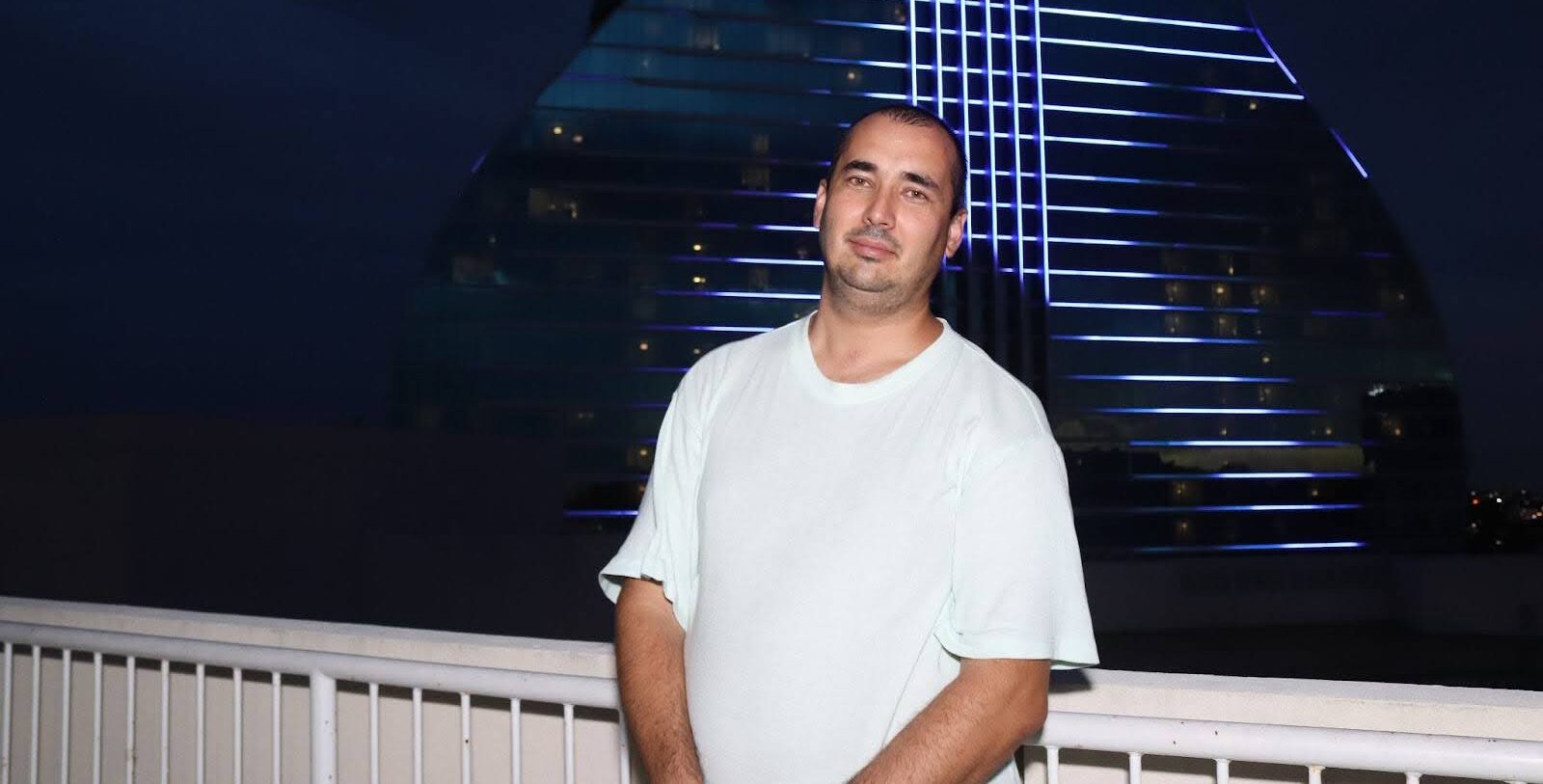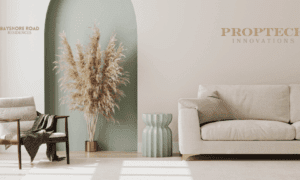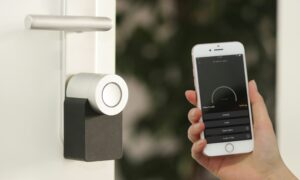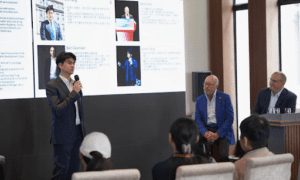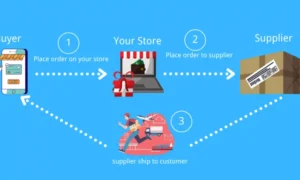In a world where artificial intelligence is quietly reshaping every aspect of daily life, the idea of the smart home feels more relevant than ever. We now live in an era where technology doesn’t just obey commands: it understands context, adapts to habits, and anticipates human needs.
We spoke with Ilshat Karamov, an engineer who began working on smart home technologies long before the AI boom, back when “smart” meant reliable sensors and clever algorithms, not marketing buzzwords. His journey bridges the early foundations of intelligent building systems and the connected homes of today.
Ilshat, what made you interested in technologies around the smart home idea?
My fascination with smart home technologies began over a decade ago when I was completing my master’s degree at Kazan National Research Technical University named after A.N. Tupolev. My thesis focused on developing an intelligent fire and security alarm system — a project that combined radio electronics, sensors, and algorithmic logic.
That experience became a turning point: I realized how sensors could interpret real-world events: motion, vibration, glass breakage — and instantly translate them into digital signals. It felt like discovering the nervous system of a smart building.
After graduation, I worked at ZAO NTC TEKO, contributing to the development of Astra-Z, one of the most advanced modular wireless alarm systems of its time. I dove deep into secure wireless communication, power optimization, and firmware reliability, learning how to make devices not just functional, but resilient and energy-efficient.
When I later moved to the U.S., I wanted to bring that foundation into a modern context. I started building my own Smart Home System in Florida, merging those classical engineering principles with today’s advances in AI and IoT. My goal was to create a system that doesn’t just automate tasks, but learns from human behavior — predicting needs and ensuring safety, comfort, and sustainability.
What started as a university experiment has grown into an AI-driven home ecosystem — the culmination of my lifelong passion for combining human-centered design with intelligent electronics.
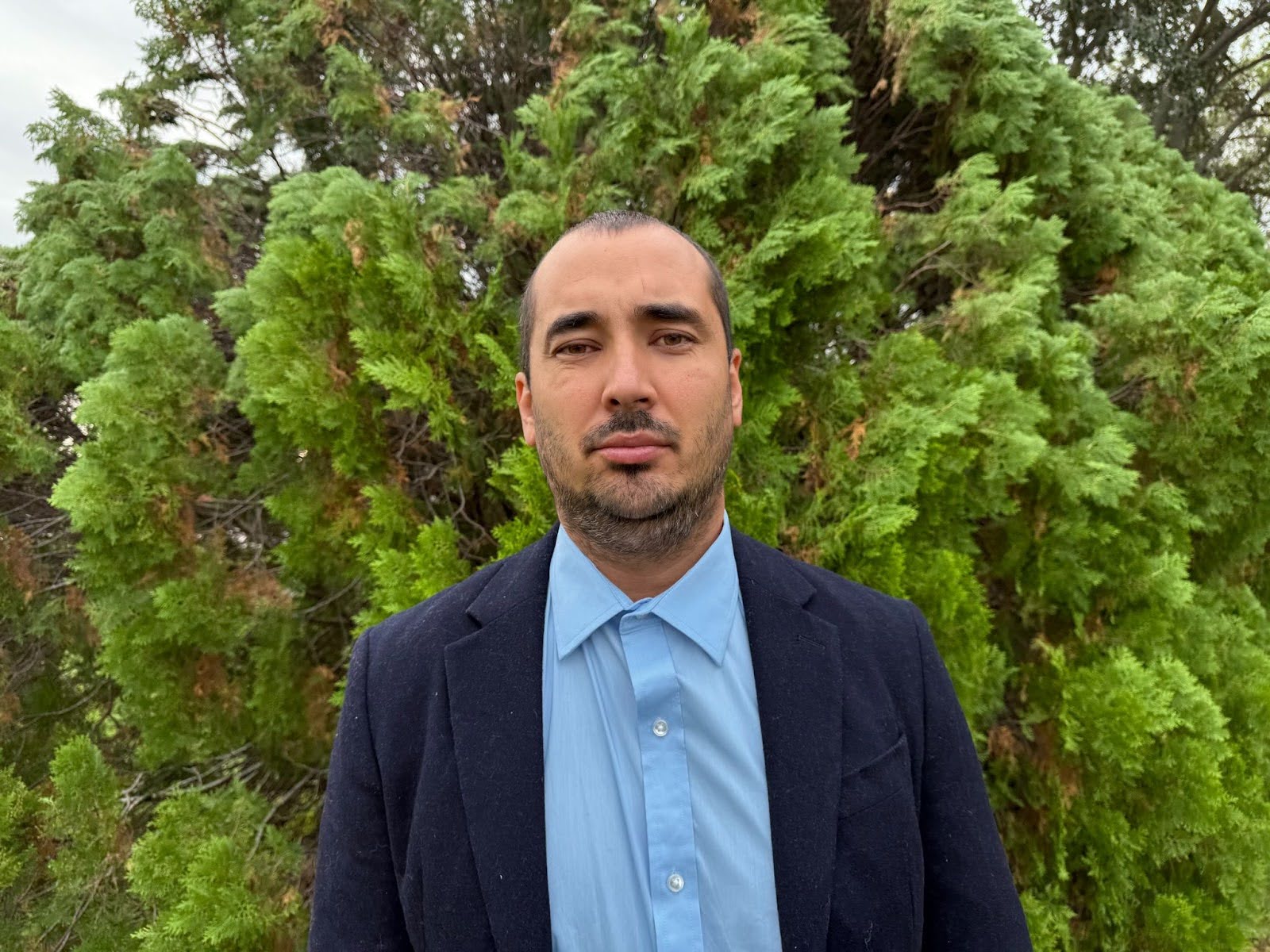
You were involved in developing Astra-Z, a modular wireless alarm system. What were the core goals and innovations, and how did you ensure reliability?
Astra-Z was designed around three core goals. First of all, a robust radio protocol that stays stable and low-latency even in real-world noise. Second, a modular architecture that allows sensors and controllers to scale without redesign. The third one is firmware resilience — the ability to recover gracefully from signal dropouts or power dips without triggering false alarms.
My role focused on system validation and reliability testing. I built test plans to push the hardware and firmware under tough conditions — reinforced concrete walls, Wi-Fi interference, power fluctuations. We tracked packet loss, latency, and signal strength across different environments. Every anomaly became a data point for firmware fine-tuning until the system ran smoothly.
Two innovations really stood out: 1) The communication layer prioritized recovery over perfection, assuming interference would happen and handling it calmly. Second, the modularity extended to configuration and diagnostics, enabling quick updates and clear fault isolation.
That mindset: expect noise, recover fast, never panic — defined my engineering style and still influences how I build systems today.
Who were your clients and what helped you grow fast?
We worked with both private homeowners and commercial clients: offices, retail stores, industrial facilities. Our growth came from one simple promise: reliability without complexity.
People wanted systems that just work: no false alarms, no confusing settings. By combining professional-grade engineering with intuitive design and responsive service, we earned strong word-of-mouth. Most new business came through recommendations, which fueled steady, organic growth.
What key decisions made your solution unique?
Several strategic choices defined its uniqueness:
- Modular, self-learning architecture — sensors communicate dynamically, adjusting to signal conditions, temperature, and user patterns.
- True AI integration — the system learns daily routines, distinguishes normal vs. abnormal activity, and prevents false alarms.
- Optimized wireless communication — custom protocols balance signal stability with battery efficiency.
- Open ecosystem — integration with other IoT devices and voice assistants turned it into a full smart-home platform.
In short, I combined engineering discipline with user empathy — creating technology that’s stable, adaptable, and effortless to live with.

How did you approach creating new solutions since then?
Since launching my Smart Home System in Florida, I’ve followed an iterative, data-driven approach. Every installation becomes a living lab: we collect logs, analyze behavior, and push firmware updates that reflect how people actually live.
It’s a blend of classical electronics engineering and modern agile principles: constant iteration, modular updates, and real-time diagnostics. That’s how the system keeps evolving while staying stable.
How did you make the system intuitive for non-technical users?
I believe smart tech should feel invisible: powerful inside, effortless outside.
We built a clean mobile interface where everything is two taps away. Notifications are written in plain language, not technical jargon. Visual cues, icons, and even voice alerts make it intuitive for anyone to use.
Clients often tell us they forget the system is “smart” — because it simply works. That simplicity came from endless usability testing and direct feedback from real households.
What real results did you observe?
The impact has been clear:
- Safer homes and workplaces — users feel more in control.
- Lower energy bills — the system optimizes HVAC and lighting automatically.
- Fewer false alarms — increasing trust and peace of mind.
- Predictive maintenance — businesses avoid costly downtime.
In essence, the system doesn’t just automate; it enhances how people live.
What kind of smart home tech do you use today?
In my own home, I use a full integrated ecosystem: motion, temperature, and air-quality sensors, voice assistants, and AI routines that adjust lighting and energy usage automatically.
I also use predictive diagnostics that detect appliance issues early. My home doubles as a testing ground — every new feature must prove it makes life easier, safer, and more efficient.
How do you see the future of smart homes and AI?
We’re moving toward context-aware homes — environments that understand not just commands, but intent and context: who’s home, what mood you’re in, what the weather is.
AI will merge sensor data, voice, and behavioral patterns into seamless decision-making. You won’t say, “turn on the lights,” the system will already know when and how to do it.
It’ll also optimize energy use and detect anomalies before we notice them.
To me, the real smart home is one that quietly learns, protects, and adapts — technology that disappears into daily life but makes it profoundly better.

